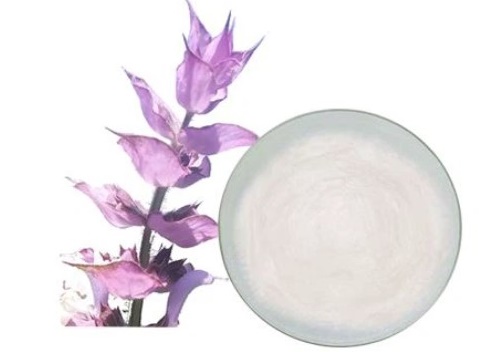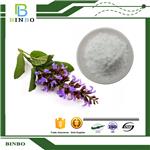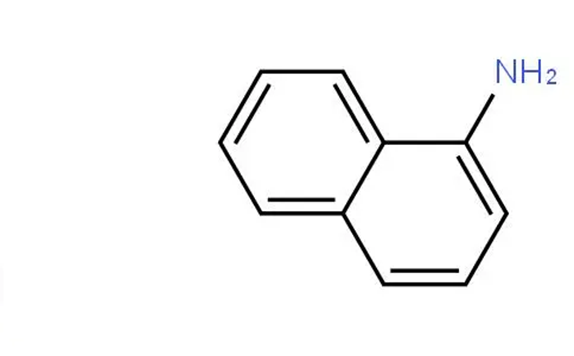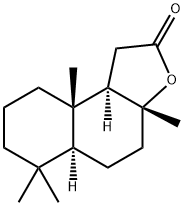What is Sclareolide used for?
Dec 21,2023
Description
Sclareolide is a non-food bioactive drimane sesquiterpenoid. It is isolated from various plant sources, including Salvia sclarea, Salvia yosgadensis, and tobacco leaves. Salvia sclarea L., known as clary sage, grows worldwide in temperate and subtropical climates [1].

Biological activity
The relevance of sesquiterpenoids for pharmaceutical and agricultural applications and their complex stereo structures have attracted great interest. Sesquiterpenes and their derivatives possess unique biological properties for controlling insects, fungi/bacteria, viruses, inflammations, and sesquiterpene lactones' antimalarial effect of artemisinin.
Sclareolide has various biological activities, such as antifungal, antibacterial, anticancer, anti-inflammatory, and cytotoxic effects. It has also been reported that sclareolide exhibited robust antitumor and anti-viral activity[2]. For example, sclareolide significantly improved the antitumor activities of Gemcitabine, an FDA-approved anticancer drug, against pancreatic cancer cells in vitro and in vivo. In addition, sclareolide blocked the Ebola virus fusion process with an inhibitory EC50 value of 8.0 μM and exhibited wide-spectrum activities against an additional seven filoviruses. These enjoyable biological activities of sclareolide have motivated an increasing number of studies in this area.
Uses
It is commercially used as a flavor ingredient in the cosmetic and food industries. In 2016, the consumption volume of sclareolide was up to 100 metric tons in European countries, representing 82% of its global consumption volume. Furthermore, sclareolide is an essential organic intermediate widely used in the total synthesis of natural products and the preparation of bioactive compounds. It was also developed as an efficient C-nucleophilic reagent for an asymmetric Mannich addition reaction with a series of N-tert-butylsulfinyl aldimines[3]. The Mannich reaction was conducted under mild conditions, affording the corresponding aminoalkyl sclareolide derivatives with up to 98% yield and 98:2:0:0 diastereoselectivity. In natural product synthesis, sclareolide is often used as a starting material for synthesizing many terpenoids and their derivatives, while a few reports have also documented the synthesis of sclareolide analogs and the examination of their biological activities.
References
[1] Ying Cheng. “Synthesis and Biological Evaluation of Sclareolide-Indole Conjugates and Their Derivatives.” Molecules 28 4 (2023).
[2] Ali Dai. “Hydrazone modification of non-food natural product sclareolide as potential agents for plant disease.” Heliyon 8 12 (2022): e12391.
[3] Ziyi Li. “Synthesis of Aminoalkyl Sclareolide Derivatives and Antifungal Activity Studies.” Molecules 28 10 (2023).
- Related articles
- Related Qustion
Silica gel is an amorphous and porous form of silicon dioxide (silica), consisting of an irregular tridimensional framework of alternating silicon and oxygen atoms with nanometer-scale voids and pores. The voids may contain water or some ot....
Dec 21,2023Inorganic chemistryIt was found that commercial 1-naphthylamine for industrial use contains about 4% 2-naphthylamine and practical grade reagents for laboratory use contain about 3% 2-naphthylamine.....
Dec 21,2023APISclareolide
564-20-5You may like
- Sclareolide
-

- $48.00 / 500mg
- 2024-11-11
- CAS:564-20-5
- Min. Order:
- Purity: 99.35%
- Supply Ability: 10g
- (3aR)-(+)-Sclareolide
-

- $0.00 / 1kg
- 2024-11-06
- CAS:564-20-5
- Min. Order: 0.10000000149011612kg
- Purity: 99%
- Supply Ability: 2000kgs
- Sclareolide
-

- $0.00 / 25kg
- 2024-11-04
- CAS:564-20-5
- Min. Order: 1kg
- Purity: 99%
- Supply Ability: 3000 kg






